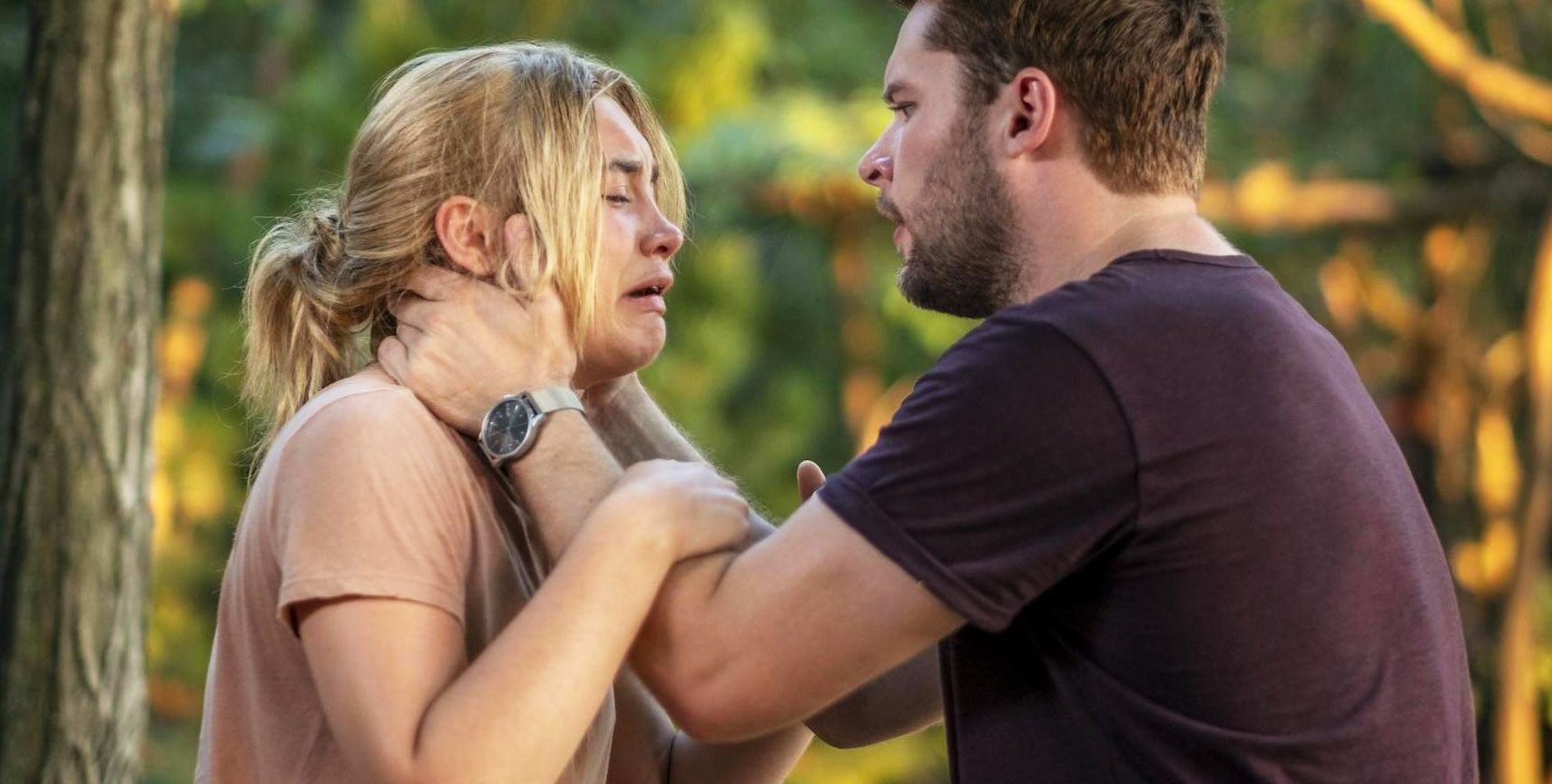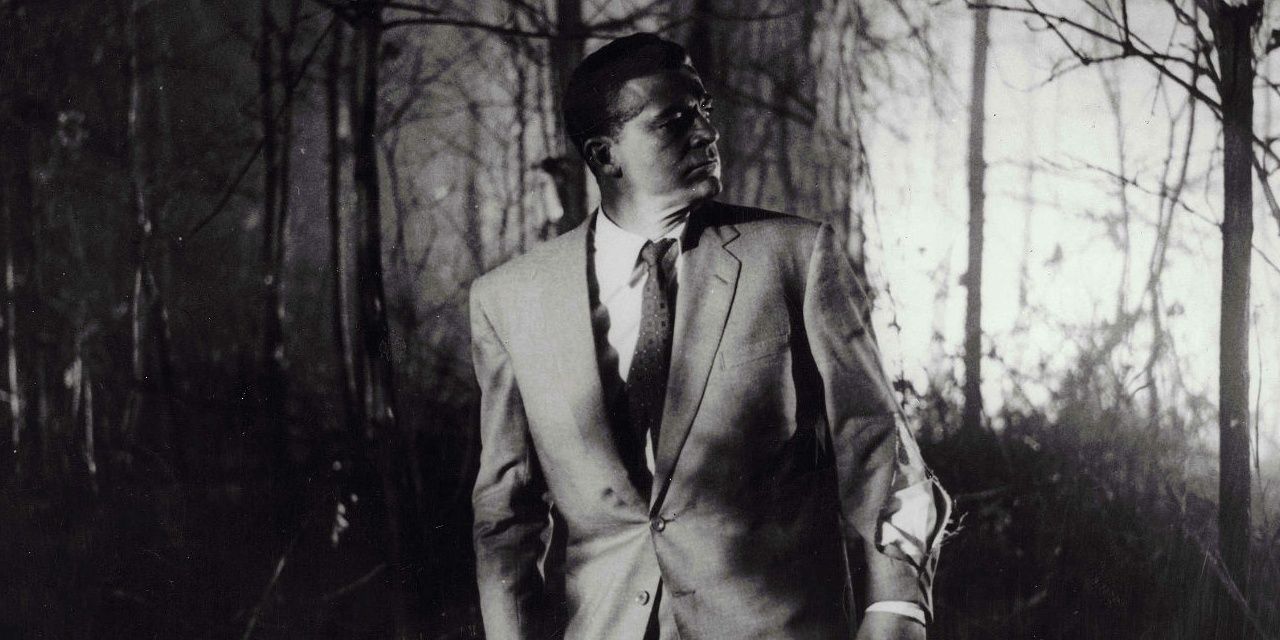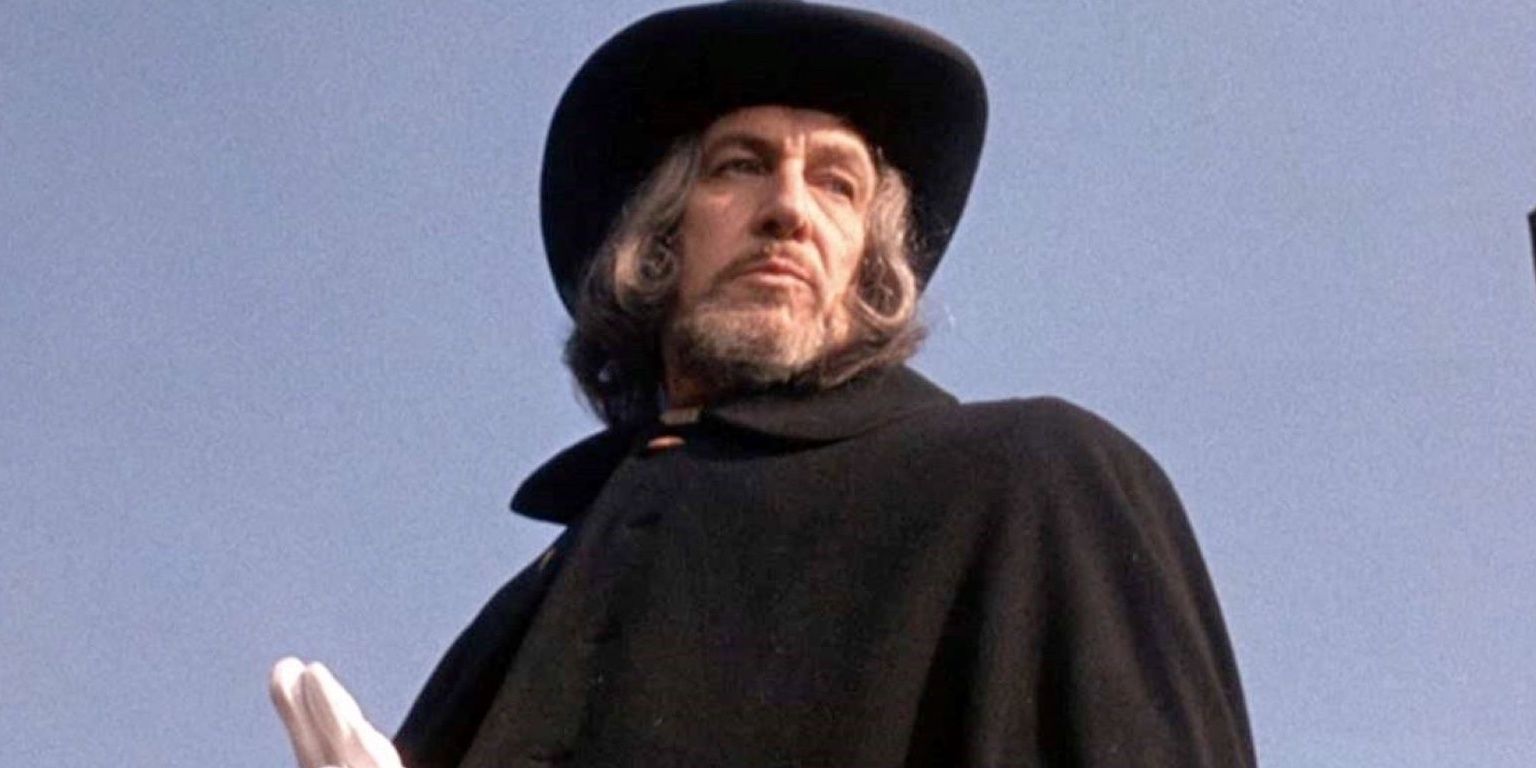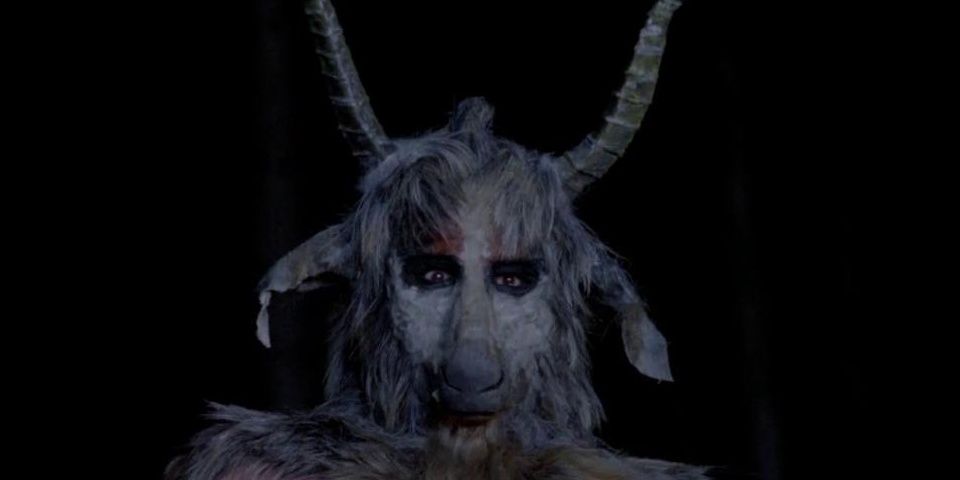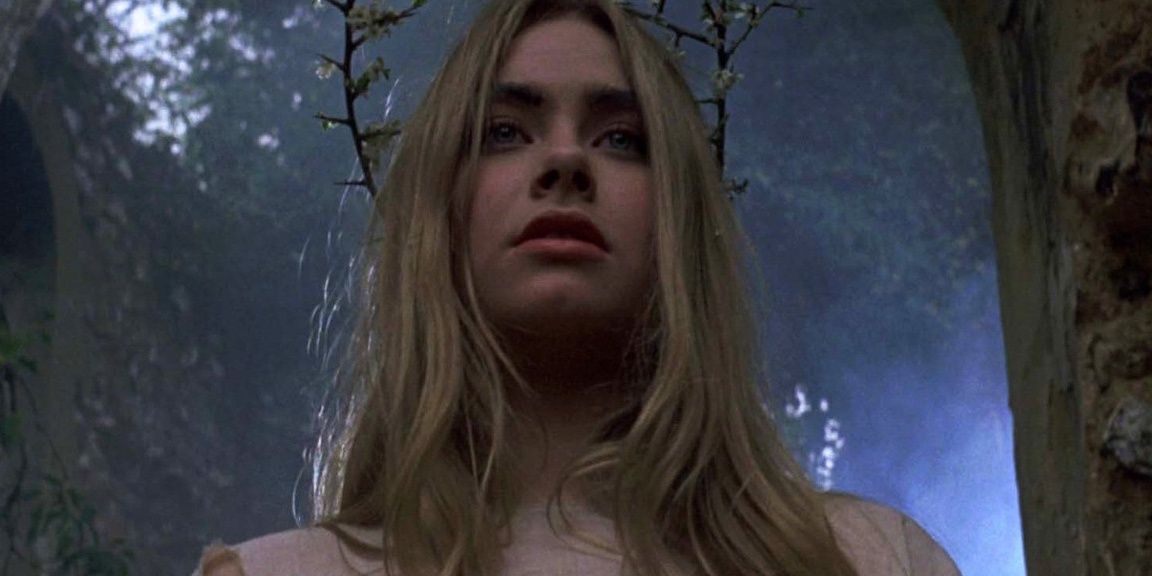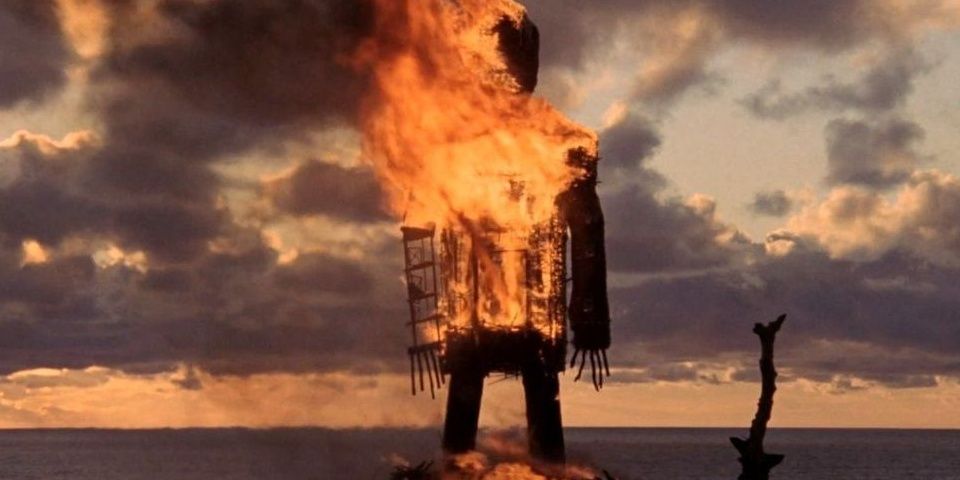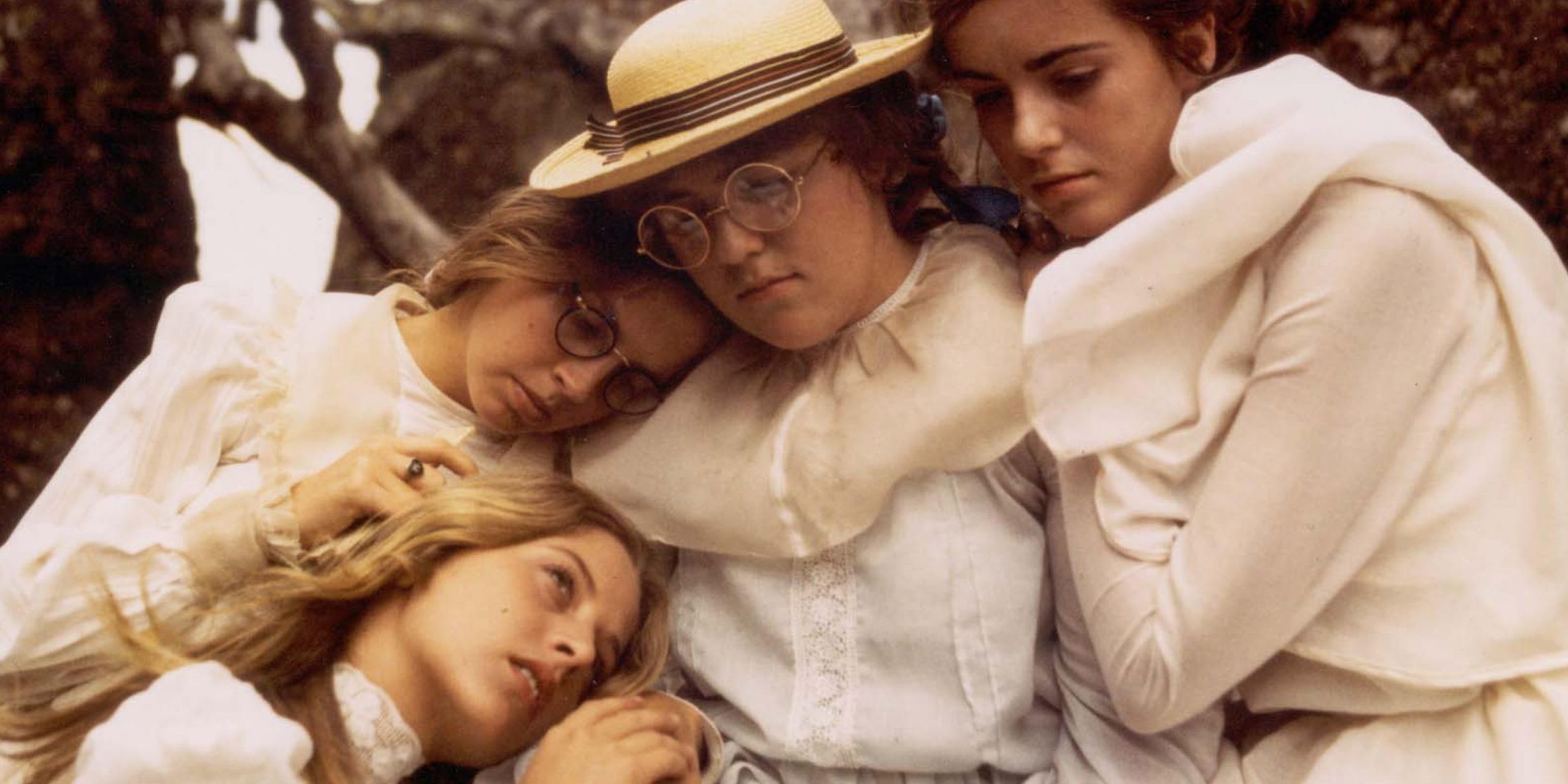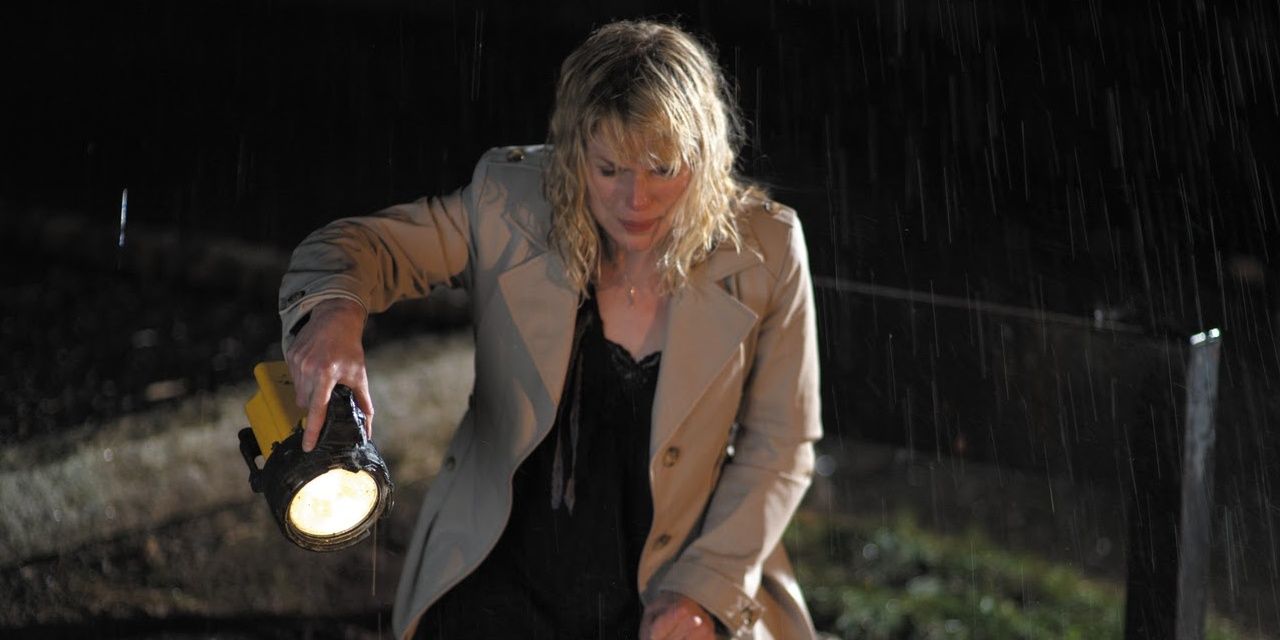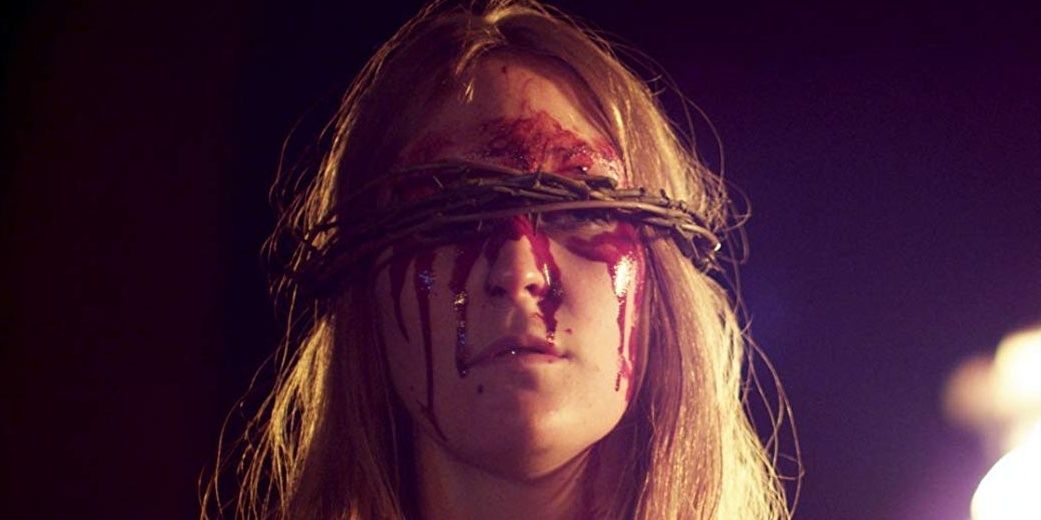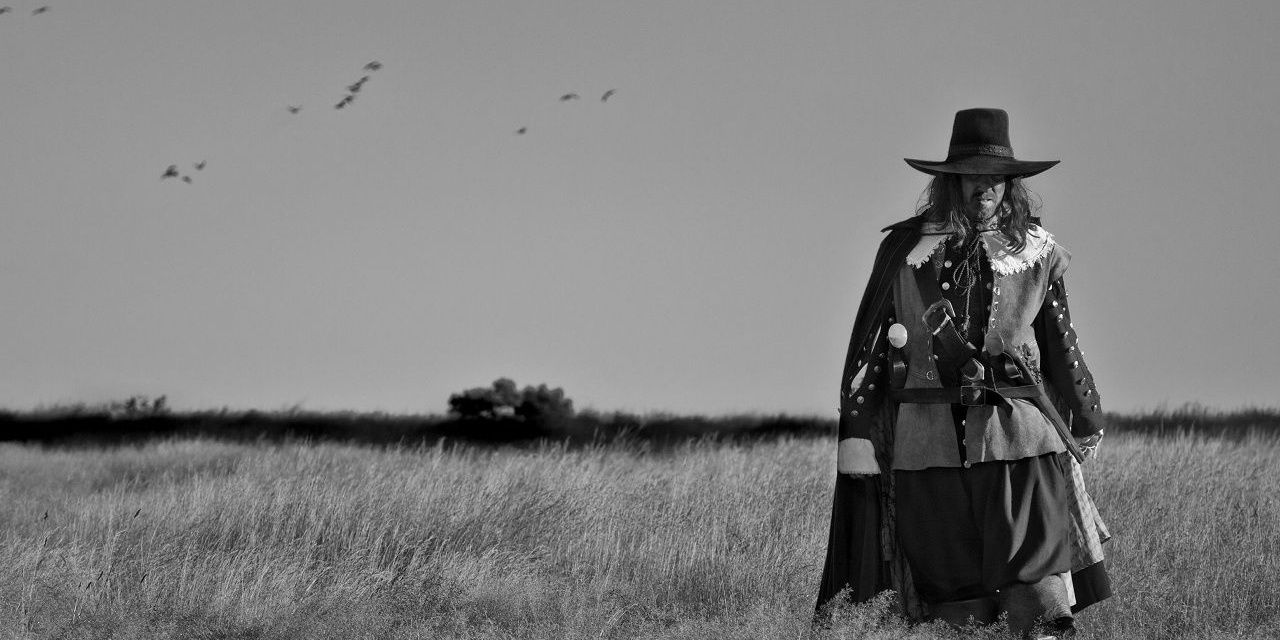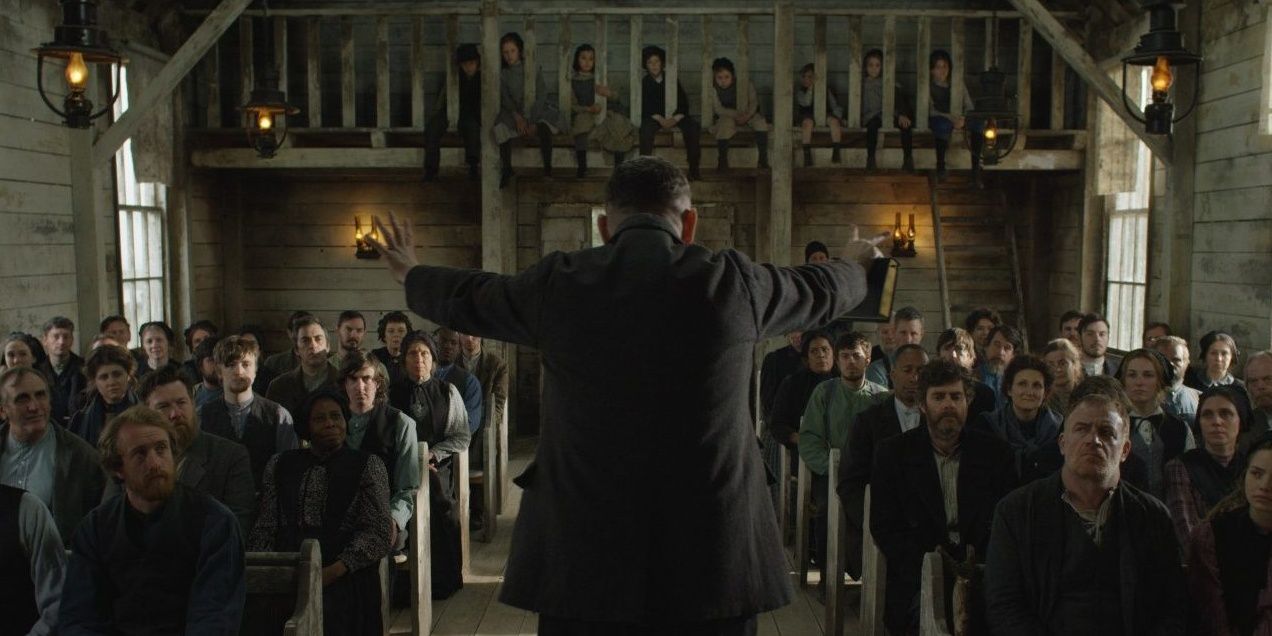A little-seen subgenre, "folk horror" has English roots. Emerging in the country in the 1950s and reaching its apex in the 70s, the subgenre seems out of step with our current age, but Ari Aster saw fit to return to it with his sophomore shocker, Midsommar, which builds on a rich tradition of films about modern individuals contending with pagan cults and rituals. Though some recent works, like Robert Eggaers' The Witch, also draw from this tradition, witch cinema is really its own subgenre, and films that are so firmly set in the folk horror mold are rare. Below are ten folk horror films past and present to check out.
Night of the Demon (1957)
Jacques Tourneur’s immortal shocker hadn't quite found its way to the wooded forests and earthy rural hamlets that would become endemic to the genre, but this tale of an American professor named John Holden (Dana Andrews) who may or may not be cursed by cult leader Dr. Julian Karswell (Niall MacGinnis) to be snatched up by the titular demon is an early template that explores the themes of the later folk horror entries. A moody classic of science versus mysticism, the film is a near perfect Val Lewton-style creeper (fittingly, the two directors were close friends) that has its cake and eats it too with ballsy special effects and a thought-provoking plot.
Witchfinder General (1968)
For the purposes of this list, witch films and folk horror films are regarded as being in different categories, but this horrific tale set during the English Civil War is a bridge between the two. When a group of Puritans name Matthew Hopkins as “Witchfinder General” for their town, he is tasked with roaming the countryside executing those suspected of dabbling in black magic. Genre icon Vincent Price stars as Hopkins in the rare role in which he never winks or nudges toward the audience, and the film is an early example of a horror feature that puts scenes of torture center stage decades before Saw and its ilk.
The Devil Rides Out (1968)
This Hammer offering pairs Christopher Lee and Leon Greene as two gents who attend a soiree only to realize that it’s, in fact, a gathering to initiate a young woman (Nike Arrighi) into a Satanic cult headed by a villainous high priest named Mocata (Charles Gray).
The always wonderful Lee is in top form here, as is Charles Gray in a deliciously devilish performance. Though Hammer studios is best known for its literary monster movies, The Devil Rides Out is one of a handful of pagan/satanic films that prove the studio was just as ace with non-classical material.
The Blood On Satan’s Claw (1971)
When young boy comes across a mysterious corpse, the local teens in his small town start behaving in increasingly bizarre ways. Headed up by a girl named Angel (Linda Hayden), the teens become convinced that the corpse is that of a person who was once possessed and use it in a series of weird rituals in the hopes of making contact with the Devil, himself. Piers Haggard’s eerie occult drama is considered one of the “unholy trinity” of folk horror films (along with The Wicker Man and Witchfinder General) and makes the most of the subgenre’s ties to the natural world: presenting a cosmic sort of evil that has seeped into the very soil upon which the country of England is built.
The Wicker Man (1973)
The Citizen Kane of this tiny subgenre, Robin Hardy’s The Wicker Man sees the incredulously devout Sergeant Howie (Edward Woodward) investigating the report of a missing young girl on an isolated Scottish Isle. Openly hostile to the residents' pagan ways, Howie’s search leads to a soul-shaking conclusion in one of the most powerful finales in horror history. Alternately hammy (Britt Ekland’s nude musical number) and bone-chilling (Christopher Lee in his own favorite of his roles), The Wicker Man is a bonafide classic in its own right and the gold-standard for folk horror movies. And yes, the 2006 remake starring Nicolas Cage is just as disturbing, albeit for totally different reasons.
Picnic At Hanging Rock (1975)
This classic of world and feminist cinema concerns an Australian boarding school for girls at the dawn of the 20th century. During the school’s Valentine’s Day picnic at the titular outcropping, a group of girls and one teacher mysteriously vanish. A film of subtle, creeping dread that tends heavily towards the inexplicable and metaphysical, Picnic At Hanging Rock is an arthouse horror film of the highest caliber.
Wake Wood (2009)
After the tragic death of their daughter, a couple relocates to start anew in a remote town where the locals engage in a form of ritualistic magic that allows the dead to return to life for a brief period.
Foolishly, the couple decides to take part in the ritual, but of course, things don’t go as planned. Marrying Pet Sematary and The Wicker Man, David Keating's film may be somewhat lacking in narrative and thematic punch, but it more than makes up for it with ample atmosphere.
Kill List (2011)
A film that benefits majorly from going in blind, Ben Wheatley’s kill list tells the story of a hitman tasked with a new assignment mere months after his last job went south, leaving him emotionally and physically scarred. A crime drama that switches gears into full-on folk horror show in its back end, Wheatley’s film is the rare bait and switch that doesn’t feel cheap and brought folk horror screaming into the 21st century.
A Field In England (2013)
Ben Wheatley’s follow up to his brilliant Kill List uses a simple plot as a springboard into bedlam. When two men apprehend a group of deserters during the English Civil War, the captives start munching on wild mushrooms--unlocking the mystical energies of a rural field. Demented and frequently incoherent, A Field In England is folk horror gone to the experimental arthouse, and a trip absolutely worth taking.
Apostle (2018)
Another film set early in the 20th century, when Thomas Richardson returns home to find that his sister is being held ransom by a diabolical cult, he sets out to rescue her and discovers devilish secrets more twisted than anything he could have dreamed. A good deal gorier than most folk horror, Apostle is also a slow-burn worth checking out when you’ve exhausted the rest of the folk-horror canon. It may not be the most accomplished the genre has to offer, but as an inheritor to the folk horror mantle, it's worthy.

